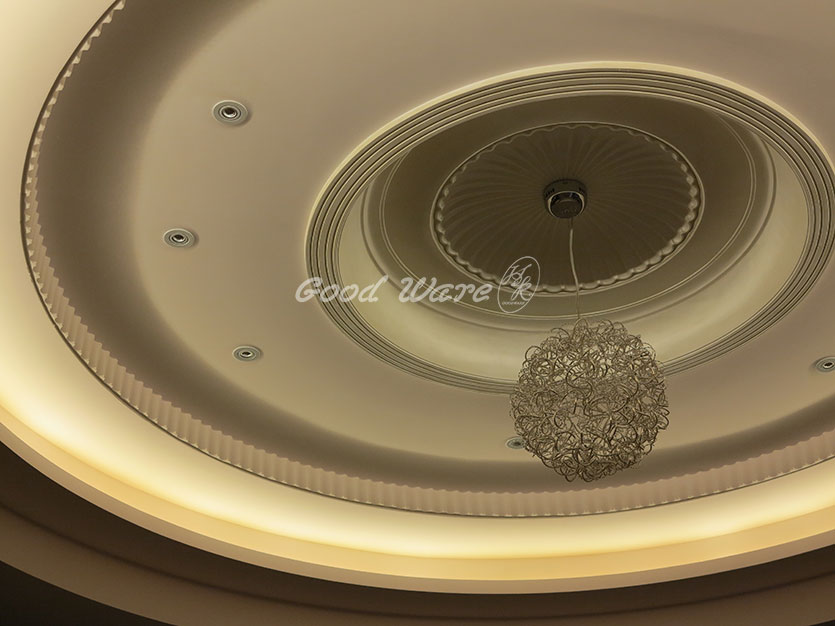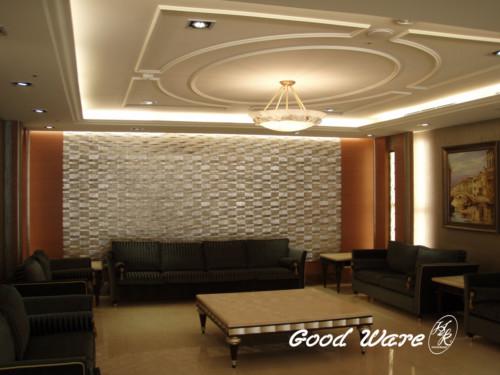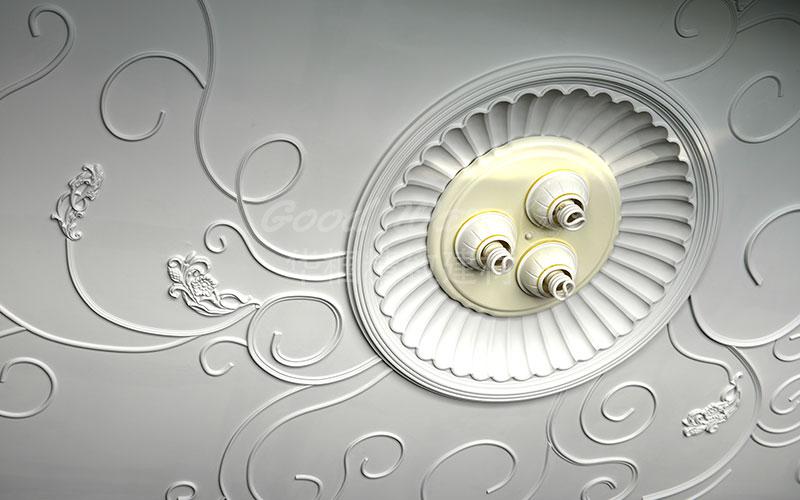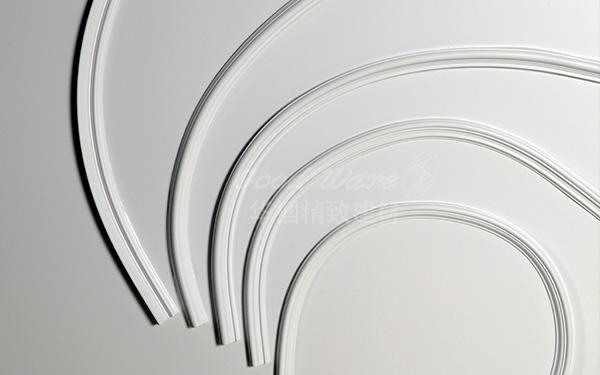A Short Introduction about Ceiling Domes
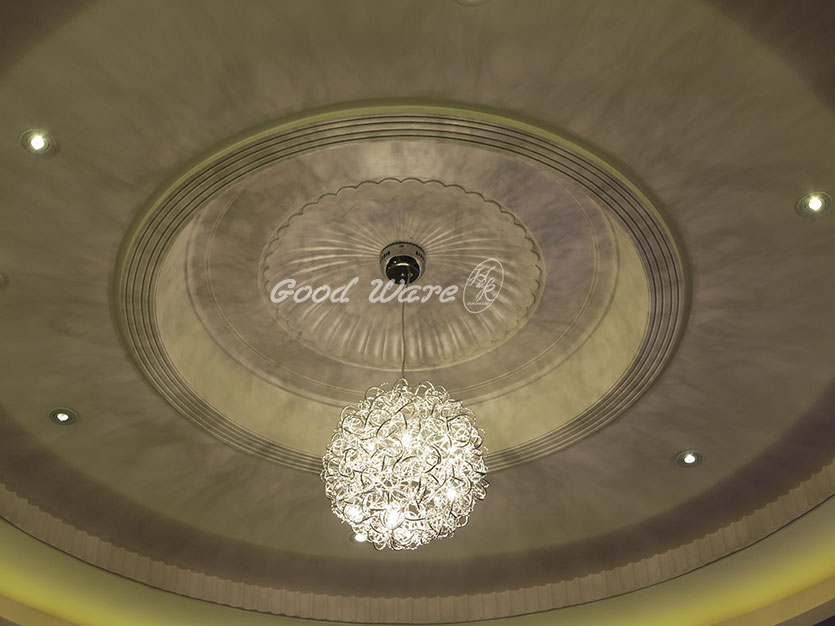
A dome (from Latin: domus) is an architectural element that resembles the hollow upper half of a sphere. The precise definition has been a matter of controversy. There are also a wide variety of forms and specialized terms to describe them. A dome can rest upon a rotunda or drum, and can be supported by columns or piers that transition to the ceiling domes through quinces or tendentious. A lantern may cover an calculus and may itself have another dome.

Ceiling Domes Analysis
The insulation of ceiling domes is from the Napa County, where has the great design of ceiling dome, with R-l9 in ceilings. People may be familiar with fiberglass insulation. It’s thick and fluffy, and it’s easy to work with. People can cut it with scissors, and it’s just the right width for stuffing into the space between studs (14-1/2″). It’s also non-combustible, and it fills up the airspace in outer walls in such a manner as to prevent a draft from feeding a fire.
The stop-work order from the Planning Department because of lacking ceiling domes cause the innovation of it. They build the ceiling inside-out (as it turned out, like everything else in the dome). It took time and money to do it, teetering all the while on a 2 x 12 plank 19 feet up. H&K Goodware as one of the largest suppliers, of course, offer the best price with low pay in the cost, citing an exception to the UBC section on ceiling domes. The dome company was full of ceiling domes. Therefore it is also easy to order the ceiling domes in H&K Goodware Co.

The detail info. About Ceiling Domes
A ceiling domes produces thrusts down and outward. They are thought of in terms of two kinds of forces at right angles from one another. Directional forces (like the meridians, or lines of longitude, on a globe) are compressible only, and increase towards the base, while hoop forces (like the lines of latitude on a globe) are in compression at the top and tension at the base, with the transition in a hemispherical dome occurring at an angle of 51.8 degrees from the top. The thrusts generated by a dome are directly proportional to the weight of its materials. Grounded hemispherical domes generate significant horizontal thrusts at their haunches.
